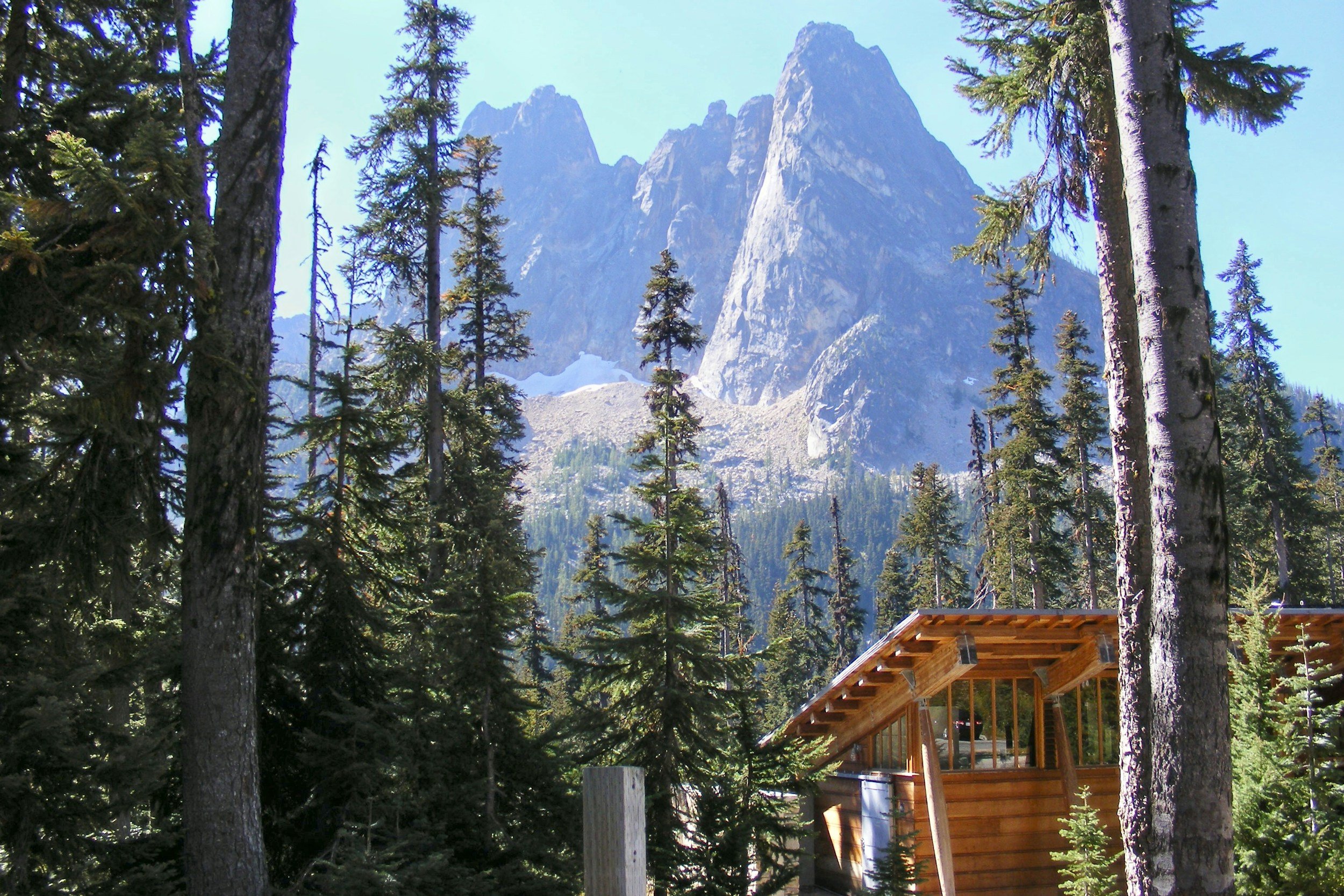
Land Acknowledgments:
Honoring the Original Stewards of the Land
A land acknowledgment is a formal statement that recognizes Indigenous peoples as the original caretakers of the land and their continued relationship to it.
This practice goes beyond words—it is a commitment to respect the land, support Indigenous communities, and honor the interconnectedness of all life.
What Is a Land Acknowledgment?
A recognition that the land we live on is stolen.
A tribute to the Indigenous communities who have cared for it since time immemorial.
A commitment to steward the land, its waters, plants, and animals.
An action to support Indigenous voices, equity, and justice.
Land acknowledgments are not just ceremonial gestures; they must lead to meaningful action. Without plans to support Indigenous communities and create equity, such statements risk being tokenistic.
Why Land Acknowledgments Matter
Recognizing Systemic Oppression: They acknowledge the historical and ongoing impacts of colonization on Indigenous peoples.
Honoring Indigenous Lives: Indigenous cultural practices and knowledge continue to shape the land and our ecosystems.
Highlighting Gaps in Environmental Protection: Many conservation efforts historically displaced Indigenous peoples, severing their connection to sacred ecosystems.
Promoting Indigenous Land Management: Indigenous practices protect 80% of global biodiversity on just 25% of the world’s land.
Building Community Connections: They encourage relationships with Indigenous nations and communities.
Supporting Reconciliation and Healing: They are a first step toward returning lands, uplifting Indigenous leadership, and fostering equity.
Beyond Land Acknowledgments
A land acknowledgment should inspire action. Here are steps individuals and organizations can take:
Do a Self-Assessment: Reflect on how your current actions impact Indigenous communities.
Support Indigenous Organizations: Provide recurring donations, time, or resources to Native-led initiatives.
Build Relationships: Learn about the history and current projects of local tribes. Engage with Indigenous leaders to understand their goals and challenges.
Advocate for Change: Push for policies that respect Indigenous sovereignty, land rights, and access.
Make Tangible Commitments: Examples include returning land, donating resources, or offering free access to Indigenous people at events or facilities.
For ideas and examples, visit our Action Plan Guide.
The Chetzemoka Trail (čičməhán Trail)
The Chetzemoka Trail is a 3-, 6-, or 12-mile route through Port Townsend that highlights the history of the S’Klallam people and their relationship with 19th-century European settlers. This project, a collaboration between the Jamestown S’Klallam Tribe and the Native Connections Action Group, educates the public on local Indigenous history and culture.
Trail maps are available at Chetzemoka Park and the corner of Water and Monroe, across from the Totem.
Volunteer opportunities include trail maintenance, guiding tours, youth involvement, and educational outreach.
We are excited to offer guided tours of the Chetzemoka Trail during the Global Earth Repair Convergence to help participants deepen their understanding of this land and its history.
Resources for Further Learning
Books to Explore
We encourage you to read books about the tribes and cultures of the Salish Sea region. Wherever possible, purchase from tribal libraries, Indigenous-owned bookstores, or independent booksellers.
The Strong People – Jamestown S’Klallam Tribe, 2011
The Jamestown S’Klallam Story – Joseph H. Strauss, 2002
Still Here: Portraits of the Chemakum – Rosalee Walz, 2021
Tradition & Change on the Northwest Coast – Ruth Kirk, 1986
Spirit of Our Whaling Ancestors – Charlotte Cote, 2010
Jesintel: Living Wisdom from Coast Salish Elders, 2023
The People of Cascadia: Pacific Northwest Native American History – Heidi Bohan
(For a full book list, visit the Indigenous Resources Page.)

